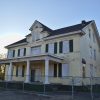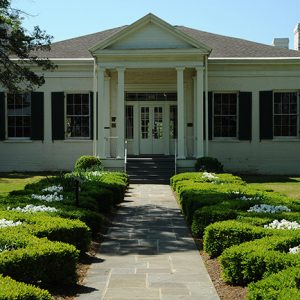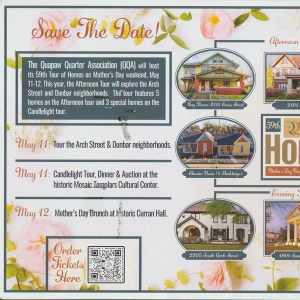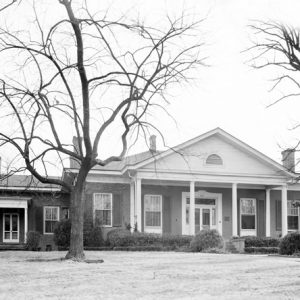calsfoundation@cals.org
Quapaw Quarter Association
The Quapaw Quarter Association is a non-profit, membership-based organization dedicated to historic preservation in Little Rock (Pulaski County). Like many historic preservation organizations, the Quapaw Quarter Association grew out of the era of urban renewal and interstate highway construction, when thousands of historic buildings and neighborhoods were bulldozed. But unlike other preservation groups, the Quapaw Quarter Association can trace its roots to an agency that administered urban renewal projects.
In 1961, the Little Rock Housing Authority appointed a five-member Significant Structures Technical Advisory Committee to give advice on the historical and architectural significance of buildings in the MacArthur Park neighborhood, then part of a large urban renewal project. The five members—David D. Terry Jr., Peg Newton Smith, Hebe Fry Riddick, Dr. John L. Ferguson, and James Hatcher—determined that the area, which was in decline, needed a special name to create a positive image. Members considered eleven names and decided on Quapaw Quarter, derived from the Quapaw Treaty Line of 1818, which runs through the neighborhood. In 1962, the group expanded its membership and adopted the name Quapaw Quarter Committee.
In 1963, the committee held its first tour of homes to acquaint citizens with the area’s beautiful historic architecture. The Spring Tour of Historic Homes continues in the twenty-first century. The committee also began recognizing important historical resources by presenting Quapaw Quarter Historic Structure plaques. Trapnall Hall, which the Junior League of Little Rock had just restored, received the first plaque.
Organized preservation efforts in Little Rock remained the Quapaw Quarter Committee’s province until November 22, 1968, when committee members joined other preservation-minded individuals in the community to incorporate the Quapaw Quarter Association. The term “Quapaw Quarter” was defined in the articles of incorporation as a sixteen-square-block area—one quarter of a township—bounded by Capitol Avenue on the north, Scott Street on the west, 9th Street on the south, and Bond Avenue on the east. The boundaries of the Quapaw Quarter, while not a legally defined area, now encompass Little Rock’s boundaries of the year 1900. The area extends from the Arkansas River on the north, Fourche Creek on the south, the old Rock Island railroad tracks on the east, and the Central High School neighborhood on the west. Today, the mission of the association encompasses all of Central Arkansas.
The Quapaw Quarter Association sponsors preservation workshops and offers technical advice to individuals interested in buying and restoring historic buildings. Since 2001, the association has been a Local Partner of the National Trust for Historic Preservation. This designation has enabled it to bring the National Trust’s technical assistance, grants, and other programs to Little Rock. The association also works with city leaders to promote policies that will encourage preservation-based redevelopment of historic neighborhoods. In 2007, the Quapaw Quarter Association assumed the management of historic Curran Hall at 615 E. Capitol Avenue in Little Rock, which serves as the Little Rock Visitor Information Center.
For additional information:
Nixon, Dana Daniels. “History of the Quapaw Quarter Association.” Pulaski County Historical Review 57 (Summer 2009): 44–57.
Quapaw Quarter Association. http://www.quapaw.com (accessed January 18, 2023).
Quapaw Quarter Association Collection. Butler Center for Arkansas Studies. Central Arkansas Library System, Little Rock, Arkansas. Finding aid online at https://cdm15728.contentdm.oclc.org/digital/collection/findingaids/id/12649/rec/1 (accessed February 23, 2024).
Roger Williams
Quapaw Quarter Association


 Curran Hall
Curran Hall  Quapaw Quarter Postcard
Quapaw Quarter Postcard  Trapnall Hall
Trapnall Hall 



Comments
No comments on this entry yet.